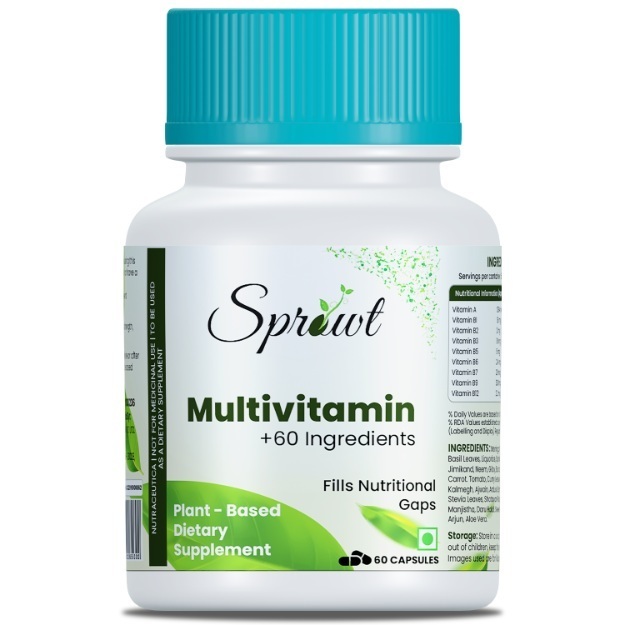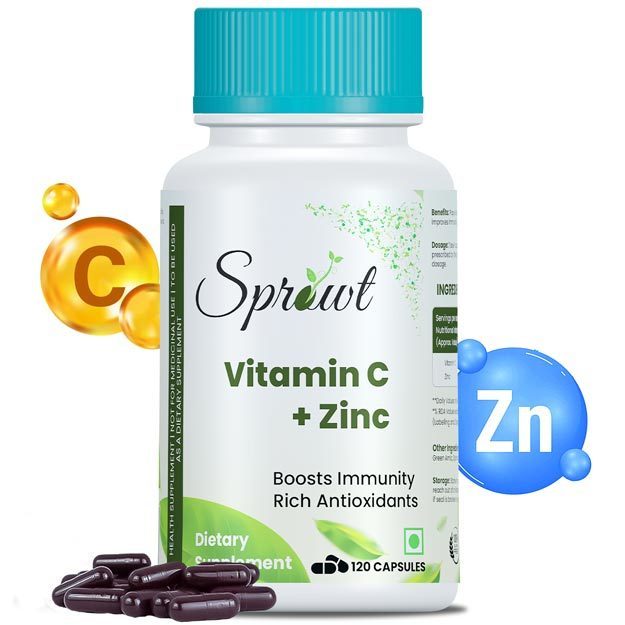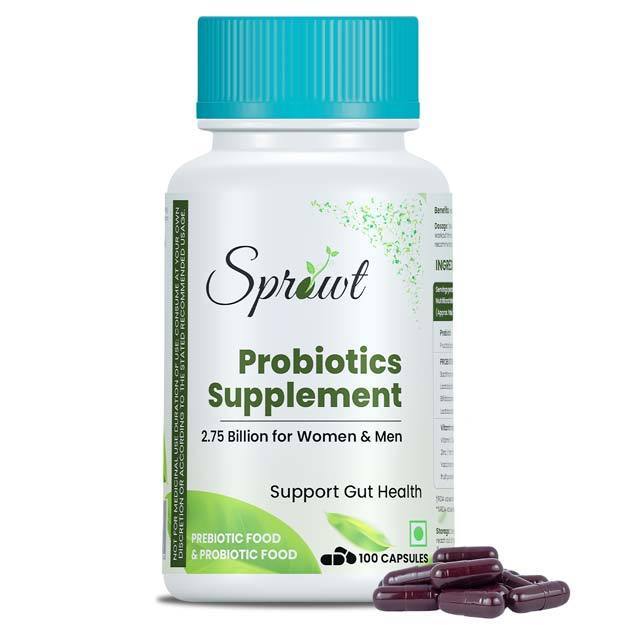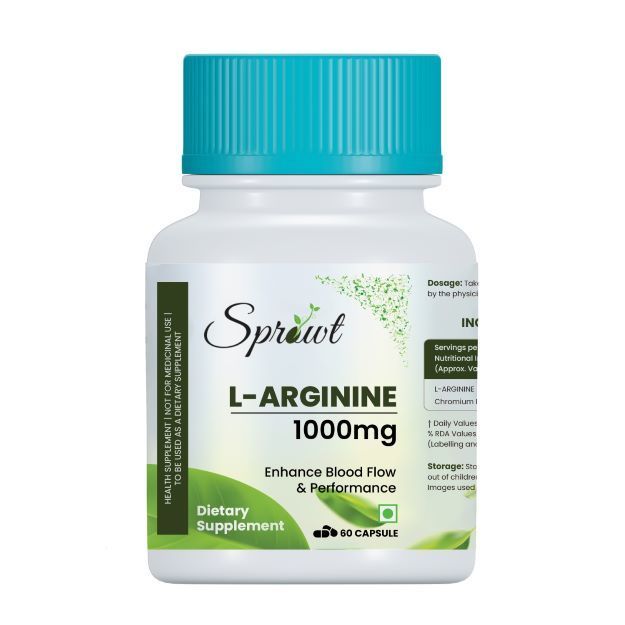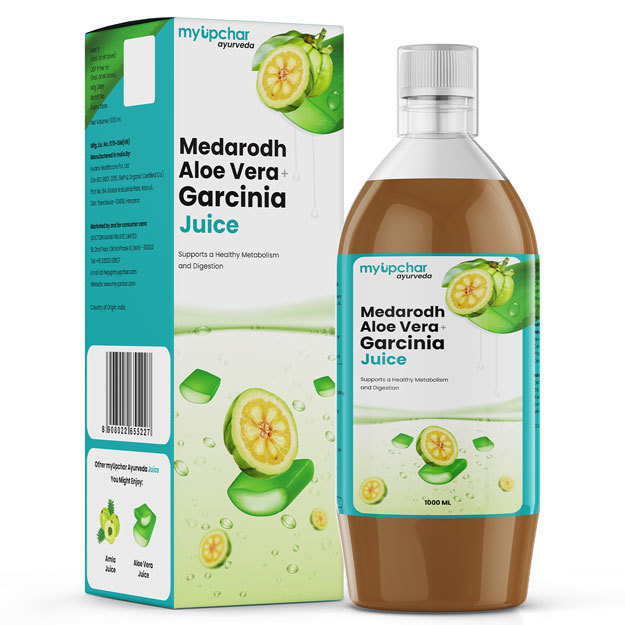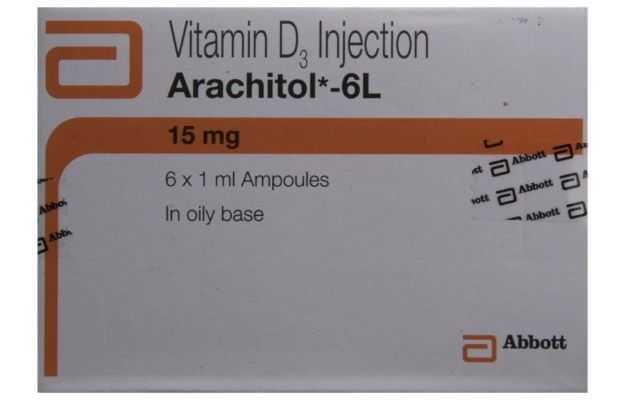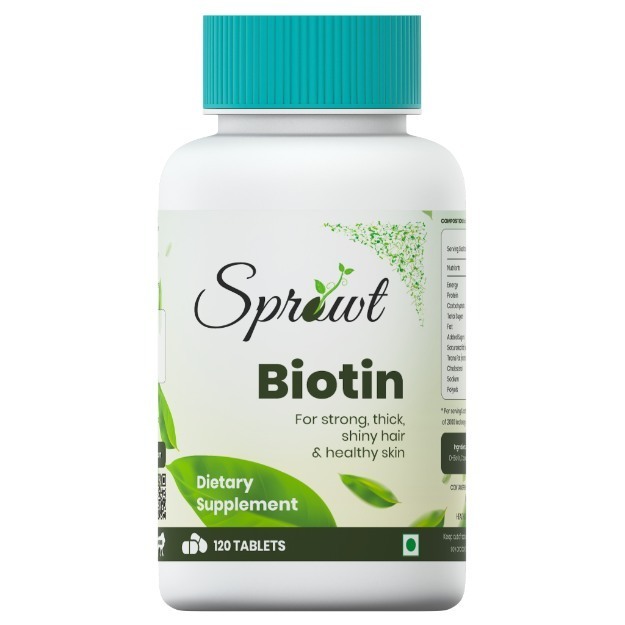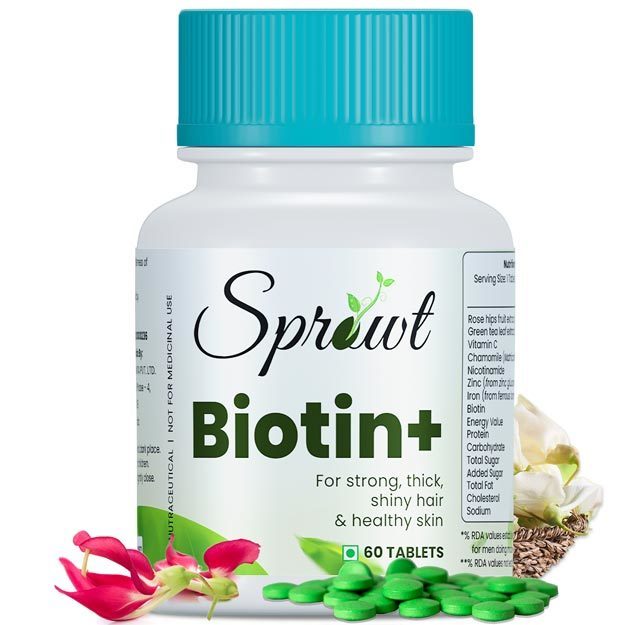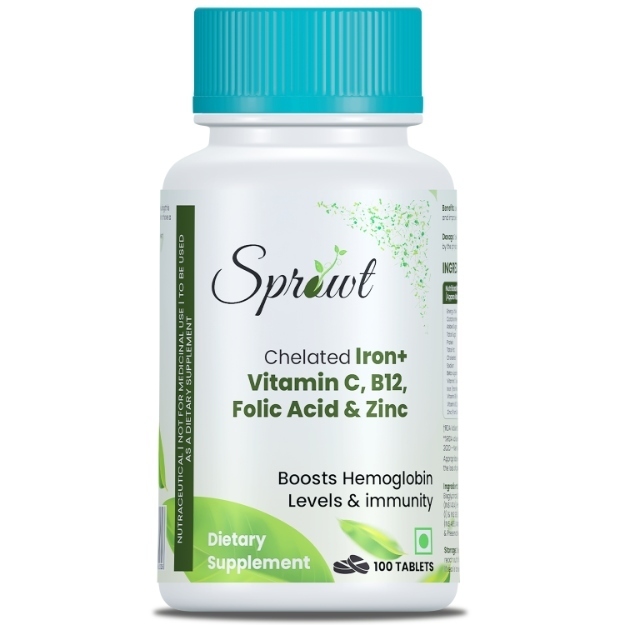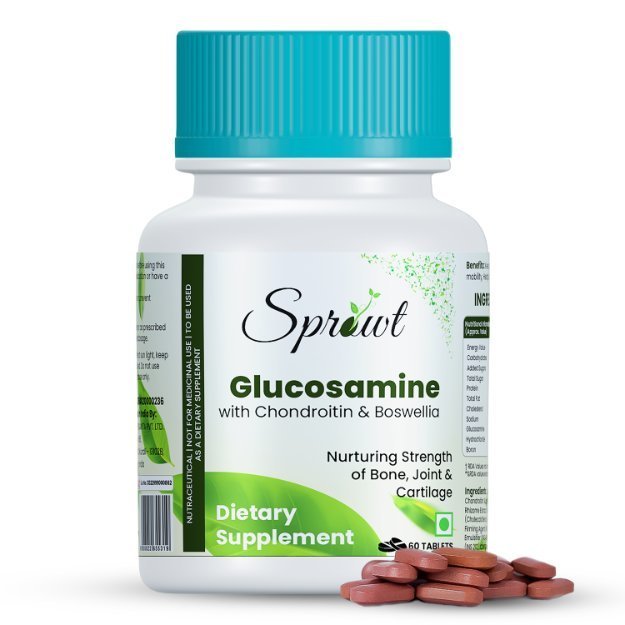Vitanova is a prescription medicine that is available as a Injection, Capsule, Tablet, Drops, Sachet, Softgel. It is primarily used for the treatment of Nutritional Deficiency, Vitamin D Deficiency. Secondary and off-label uses of Vitanova have also been mentioned below.
The right dosage of Vitanova depends on the age, gender, and medical history of the patient. The condition it has been prescribed for, and the route of administration also determine the right dosage. For detailed information on this, read through the dosage section.
Besides the aforementioned side effects, there are other adverse effects of Vitanova as well, which are listed below. Normally, these side effects of Vitanova are not long lasting and go away when the treatment is finished. Please speak with your doctor if these side effects worsen or persist for a longer duration.
Vitanova's effect during pregnancy is Safe and Safe while nursing. Further, the section on Vitanova related warnings talks about Vitanova's effects on the liver, heart and kidney.
Vitanova can cause adverse effects in certain medical conditions. It is strongly recommended to avoid Vitanova in conditions like Kidney Disease. The section on Vitanova contraindications lists all such conditions.
Additionally, Vitanova may also adversely react with other medicines. Refer to the list below for further details.
In addition to these precautions, you may also note that Vitanova is safe while driving, and is is addictive in nature.
X


